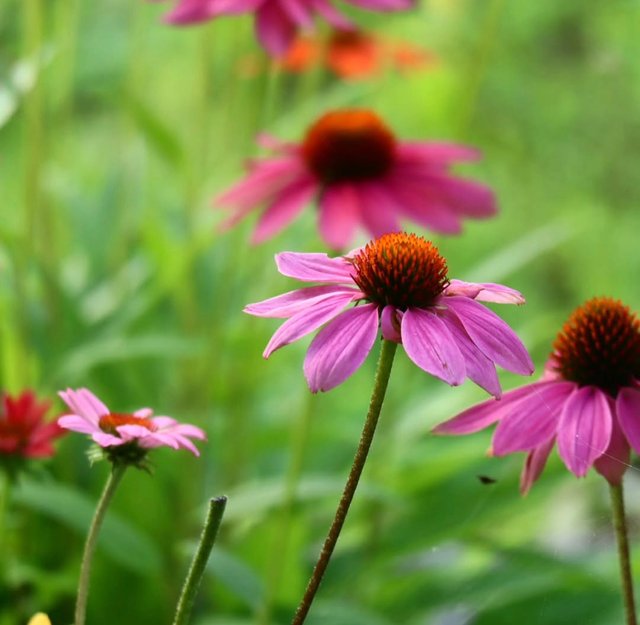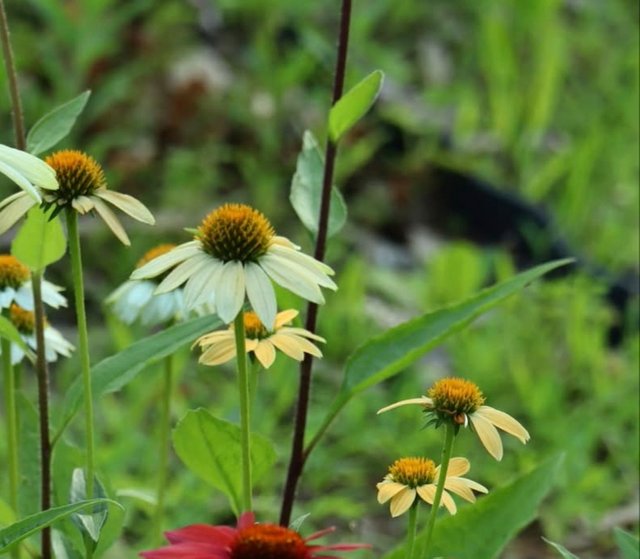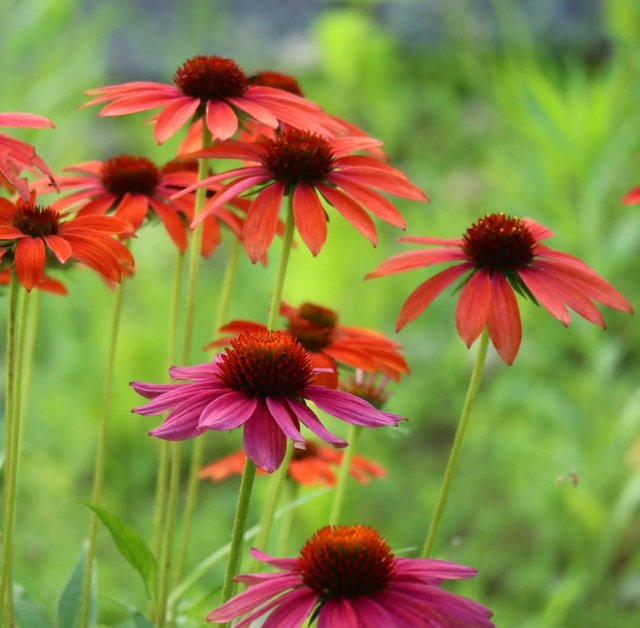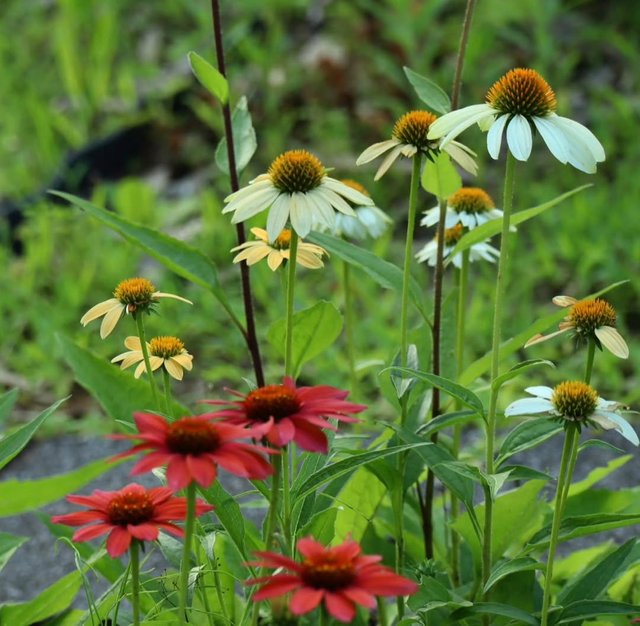Purple Coneflower
In the sweeping prairies of North America and cultivated gardens around the world, the Purple Coneflower stands tall — a radiant burst of purple and gold that symbolizes both natural elegance and robust health. Known scientifically as Echinacea purpurea, this plant is more than just a pretty face. It’s a beloved ornamental flower, a pollinator magnet, and a historic medicinal powerhouse rolled into one.
The Purple Coneflower is known for its daisy-like flower heads with drooping lavender-to-purple petals and a prominent, spiny, orange-brown central cone — which gives the flower its name. The center is not just decorative; it’s packed with seeds and nectar that attract birds and pollinators alike.Leaves are dark green, rough, and lance-shaped.Stems are sturdy, upright, and often unbranched, making them ideal for floral arrangements.
For centuries, Echinacea has been used by Native American tribes and herbalists across the globe for its immune-boosting and anti-inflammatory properties.Used to treat colds, flu, sore throats, and infections.Topical preparations for wounds, burns, and insect bites.Promotes immune response by increasing white blood cell activity.Today, Echinacea supplements are commonly found in health food stores and pharmacies.While Echinacea is widely considered safe, it's always best to consult a healthcare professional before starting any herbal remedy.




